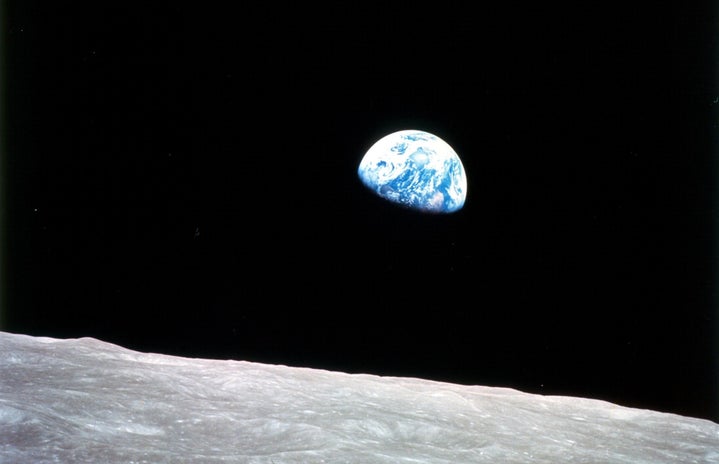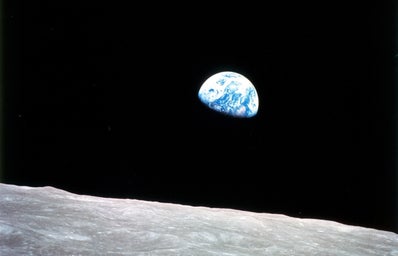NASA launched the Double Asteroid Redirection Test (DART) in November of last year, aimed to collide with a small moon named Dimorphos orbiting an asteroid. The goal of this launch was to determine if we could deflect asteroids heading towards Earth to avoid a potential future collision. On Sept. 26, DART collided with Dimorphos. It will take a few months before we know if the spacecraft will change the trajectory of the asteroid, but in the meantime, we have received pictures of the never-before-seen moon from the Didymos Reconnaissance and Asteroid Camera for Optical navigation (DRACO) imager.
This test is the first extraterrestrial test of planetary defense and aims to develop more strategies to defend our planet against the threat of an asteroid collision. While seemingly abstract, the threat of an asteroid coming toward Earth would cause severe damage to the planet and could kill a significant amount of our population. Think tsunamis, earthquakes, and dangerously low temperature drops. The debris the collision brings would render air quality toxic, causing disease and birth defects for generations to come.
However, the presence of asteroids nearby is constantly monitored and the chance that one will hit Earth in the next couple hundred years is very slim. The nearest potential asteroid (that we know of) named Bennu only has a 0.06% chance of crashing into Earth. This makes me wonder if now is the right time to be pursuing this type of research, and if this is effective government spending.
Space travel seems like a waste of money when we think about all of the things many of us don’t have access to on Earth. When the poverty rate is 11.6%, when nearly six million people are unemployed, and we are quite literally going back in time with the overturning of Roe v. Wade, it seems like the last thing we need to do is crash a spacecraft into an asteroid. Especially for a potential threat that may arise 300 years from now.
In defense of space exploration, the most fundamental aspects that define humanity at its core come to my mind. We were born explorers, beings meant to venture past where we live. Just like unexplored land was a frontier at one point and the ocean is currently one, we are destined to keep exploring space as well.
NASA was allotted $24 billion for 2022, which is only 0.4% of the federal budget. At some point, even if it is hundreds of years from now, an asteroid may very likely threaten our entire existence and it is helpful that we are confident in our ability to deflect it. Part of these efforts can also be thought of as a way to get the public comfortable with understanding extraterrestrial threats. Let’s say an asteroid was hurtling toward Earth, the threat of mass hysteria may be just as dangerous as the asteroid itself. At the same time, I am looking forward to private companies such as SpaceX and Blue Origin taking over space travel so the government can allocate more funds to the common and more immediate good.


